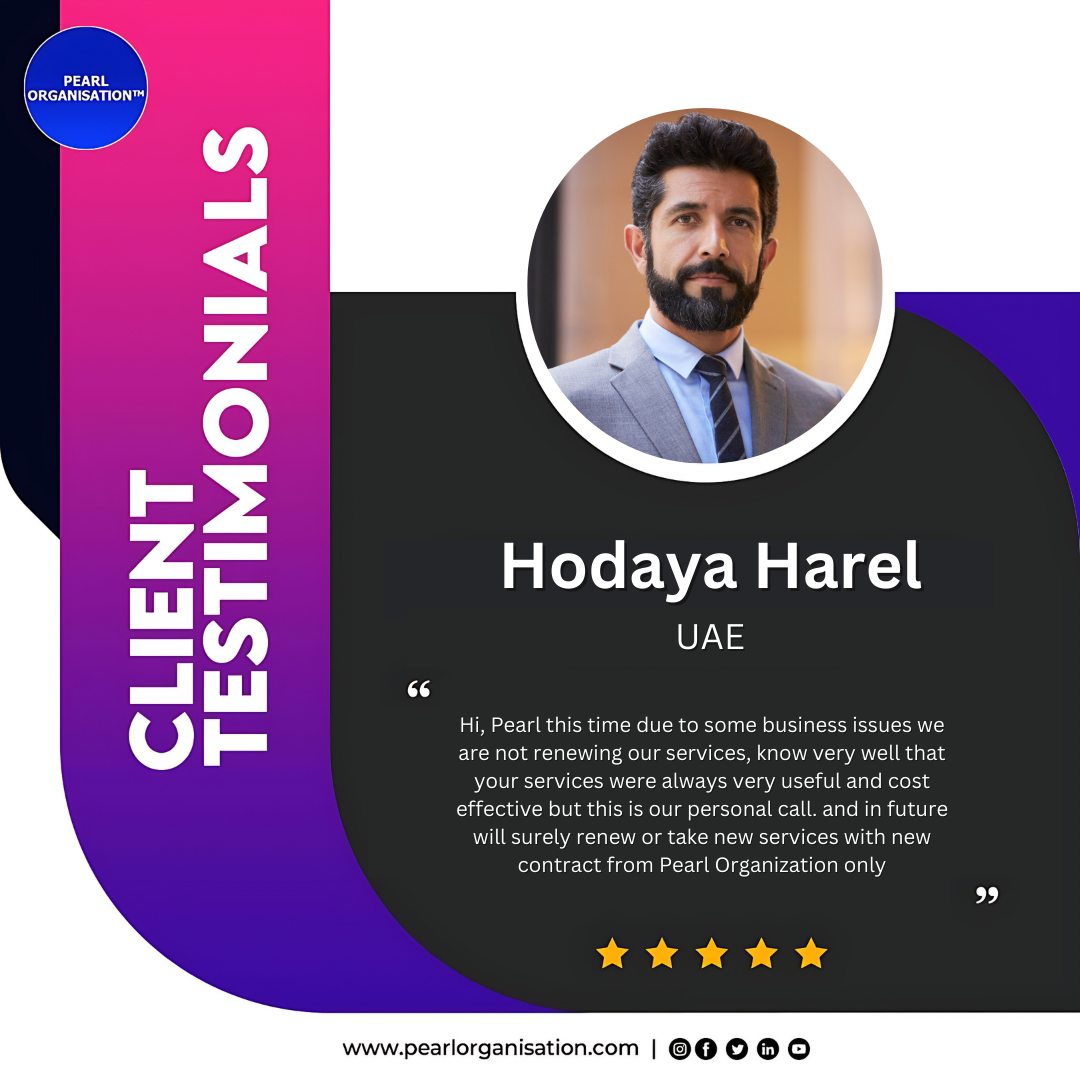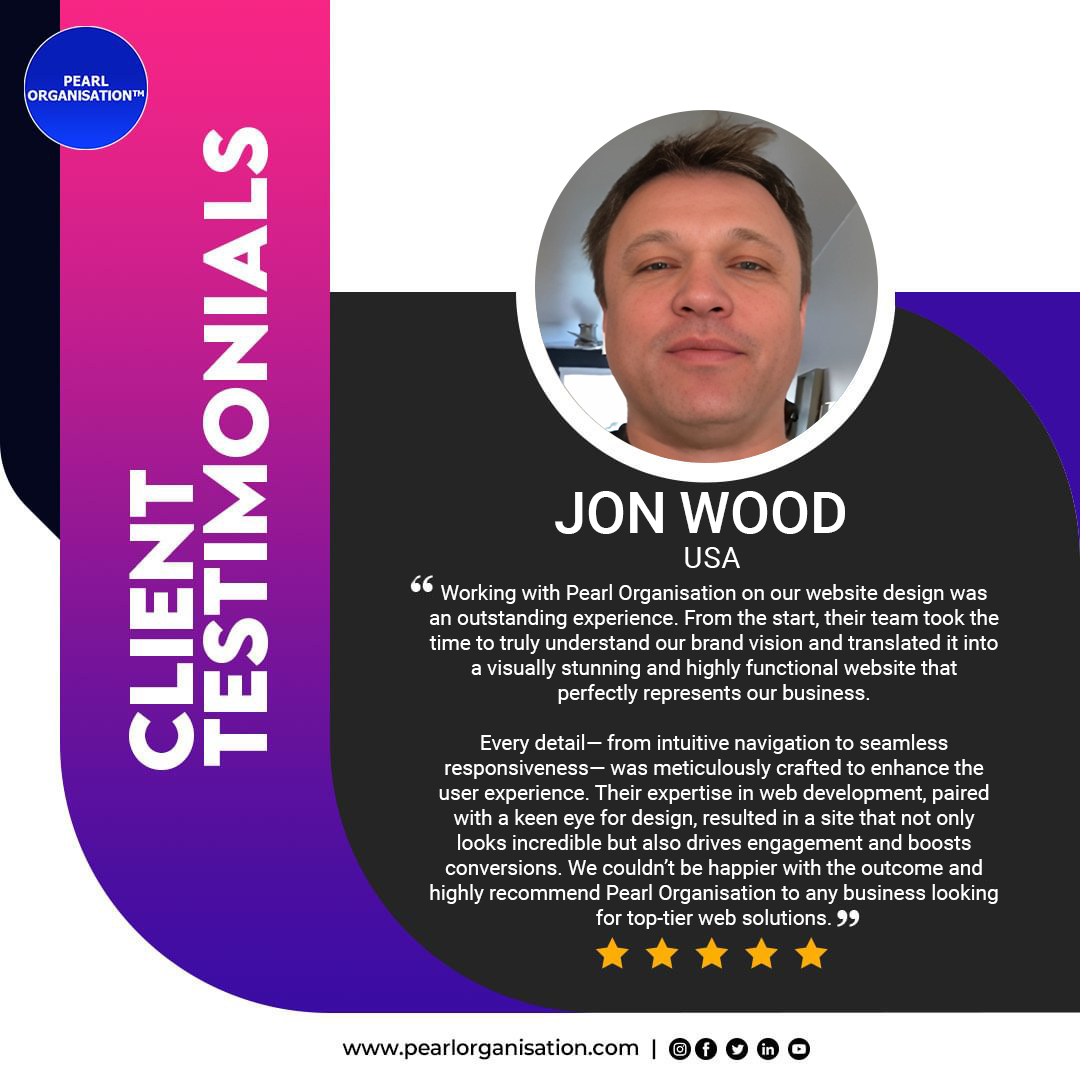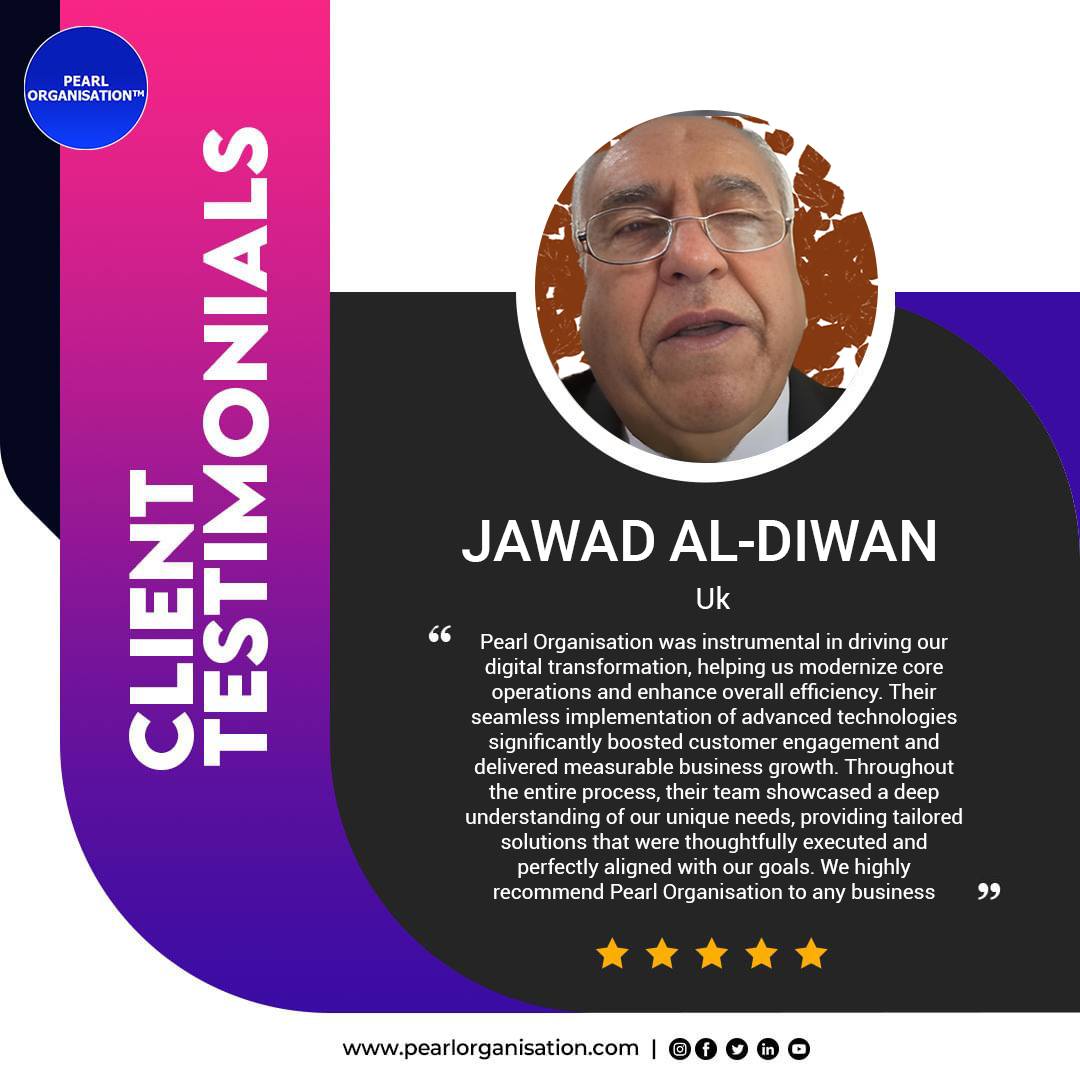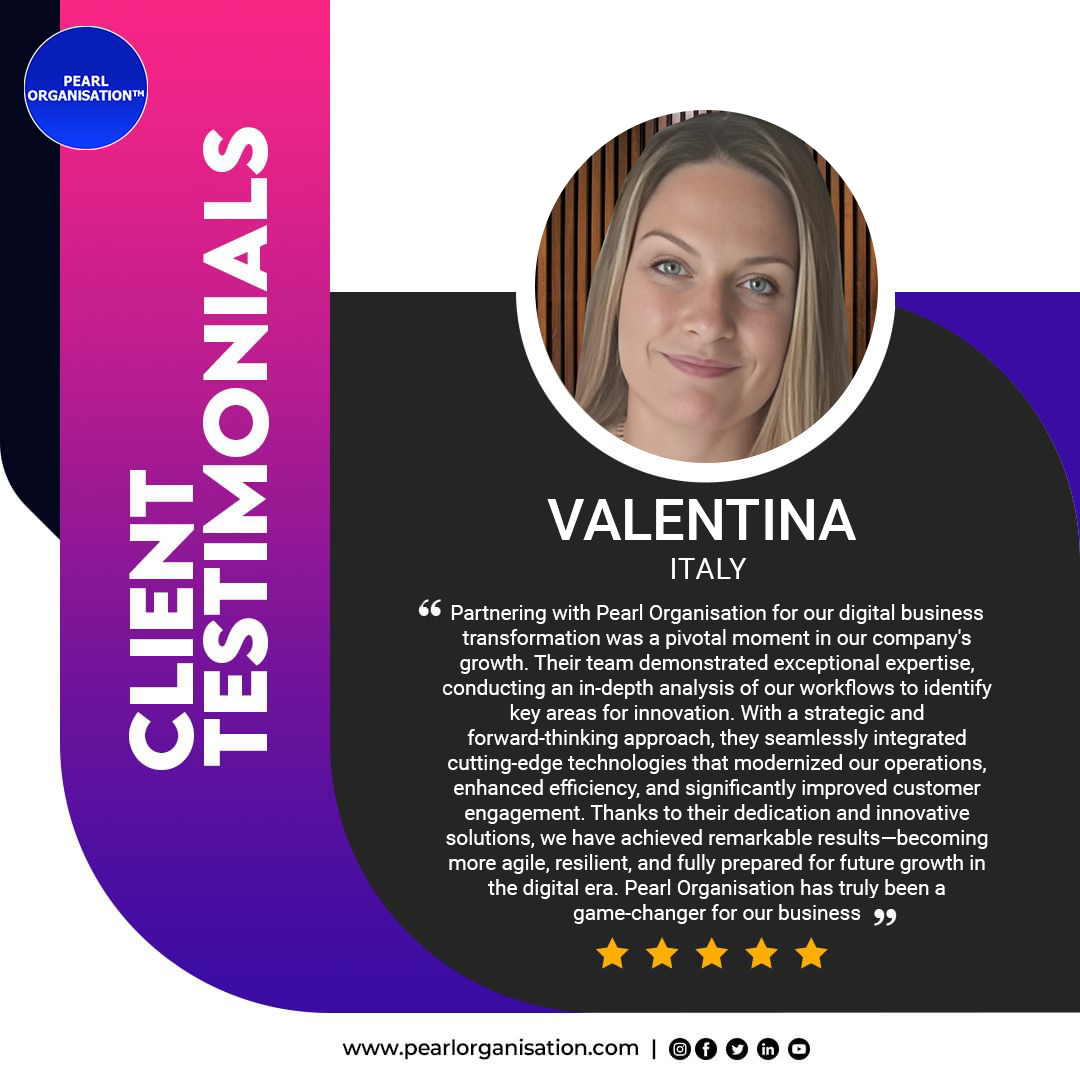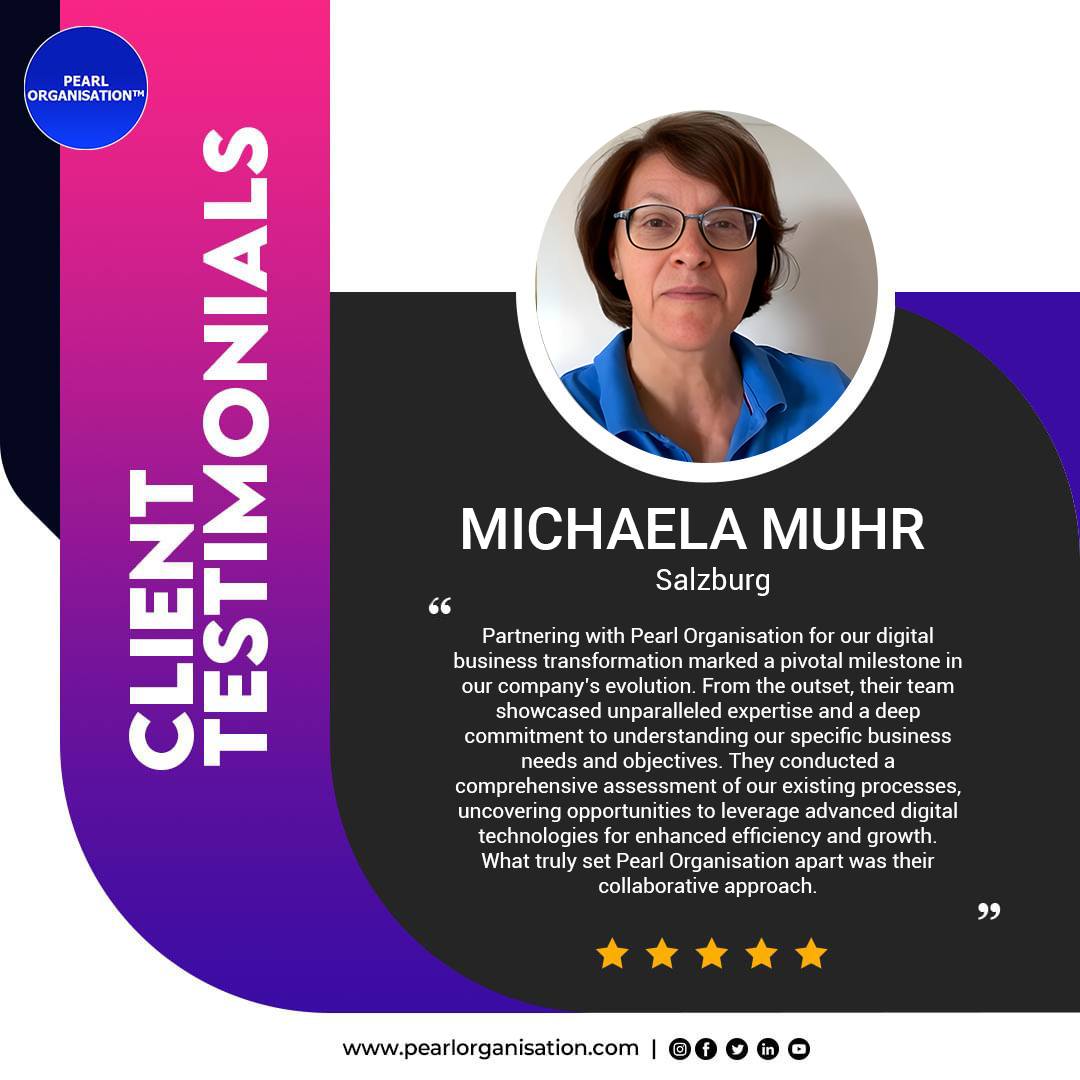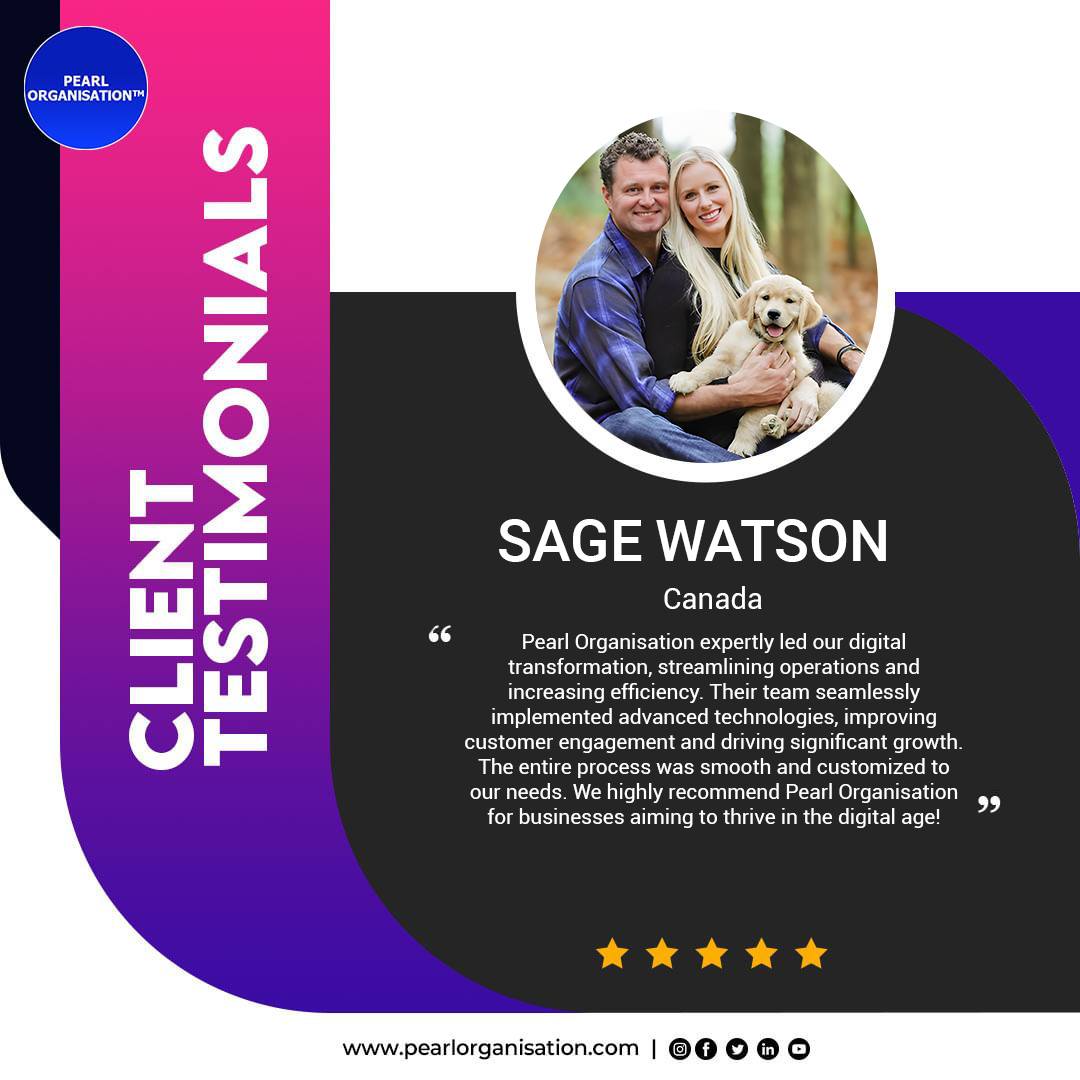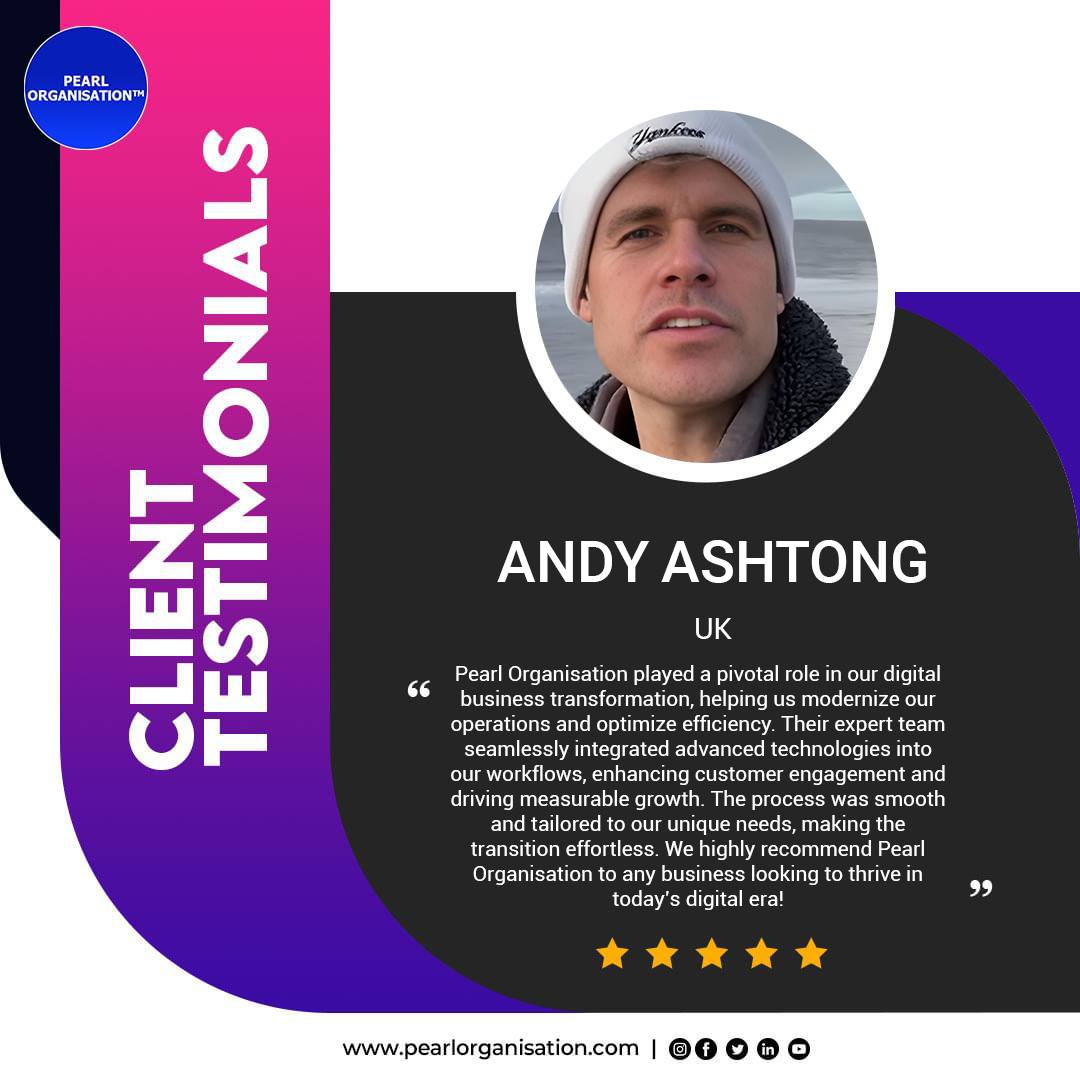From Manual to Digital: Why Process Automation is the Key to Business Survival
- Larrisa

- Oct 9
- 22 min read

The Landscape — From Manual to Digital in the Modern Enterprise
1.1 The Legacy Reality — Why Manual Processes Still Dominate Many Businesses
Despite the global shift toward digitization, over 60% of organizations still rely on manual or semi-automated workflows (source: Deloitte Global Automation Index 2025).In sectors such as manufacturing, logistics, finance, HR, healthcare, and even IT services, spreadsheets, paper forms, and human approvals remain embedded in daily operations.
Typical examples include:
Purchase Approvals – Managers still sign paper files or reply “Approved” in email threads, with no centralized audit trail.
Data Re-entry – Employees type the same information from invoices, application forms, or shipping notes into multiple systems.
Document Routing – Files move between desks or inboxes, causing delays and version confusion.
Customer Requests – Support teams manually assign and track tickets, often missing SLAs.
Payroll and Reimbursement – Manual calculation and verification make financial closing cycles unnecessarily long.
These legacy processes evolved over decades and are often rooted in company culture—“it has always been done this way.” Yet this inertia hides major pain points that silently erode productivity and profitability.
The Hidden Costs of Manual Workflows
Human Error – A single typo in a data field or mis-filed document can cascade through systems, causing compliance breaches or financial loss.
Operational Delays – Waiting for approvals, follow-ups, and manual checks creates friction that slows down order fulfillment, hiring, or service delivery.
Lack of Visibility – Decision-makers often lack real-time insight into process status, bottlenecks, or pending approvals.
Compliance Risks – Audit trails and policy enforcement are difficult to maintain when actions aren’t digitally recorded.
Employee Fatigue – Repetitive, low-value tasks demotivate teams and increase turnover.
Scalability Barriers – Every new client or transaction requires proportional increases in manpower.
Ultimately, manual workflows are incompatible with growth. A company managing 1,000 orders a month manually cannot easily handle 10,000 orders without automation or hiring hundreds of new staff.
1.2 The Digital Imperative — Why Automation Is No Longer Optional
In the 2020s, business survival depends on speed, adaptability, and precision.
Automation is no longer a luxury—it’s the only way to sustain competitiveness in a market driven by data, AI, and 24×7 digital experiences.
1.2.1 The Economic Shift
McKinsey (2025) reports that organizations investing in process automation achieve 20–35% cost reduction within two years and 50–80% cycle-time acceleration. In contrast, companies that remain manual face stagnating margins as labor costs and compliance pressures rise.
1.2.2 The Customer Expectation Gap
Customers now expect instant responses, transparent tracking, and personalized experiences.
If your competitor can deliver quotes, updates, or approvals in minutes while you take days, your brand perception suffers.
Digital automation ensures that processes behind these customer interactions are:
Immediate – Triggered in real time.
Consistent – Applying the same quality and validation rules each time.
Measurable – Capturing every interaction for later analysis.
1.3 How Automation Transforms the Enterprise
Let’s break down the measurable advantages that automation introduces across business layers:
Dimension | Manual Workflow | Automated Workflow (with DPA/RPA) |
Speed | Depends on human response time | Instant, event-driven execution |
Accuracy | High human error probability | Enforced data validation and logic |
Scalability | Linear with headcount | Exponential—same system handles 10× load |
Compliance | Manual audits and paperwork | Real-time digital logs and traceability |
Cost Efficiency | Rising OPEX | Lower cost per transaction |
Innovation Capacity | Staff stuck in routine | Staff redeployed to strategic work |
For instance, automating invoice processing via AI-powered OCR + RPA reduces validation time from 3 days to 30 minutes, while eliminating 90% of manual errors.
Similarly, automating HR onboarding through Digital Process Automation (DPA) cuts joining formalities from 5 days to a few hours and ensures every policy is acknowledged digitally.
1.4 The Core Components of Digital Process Automation (DPA)
DPA is not a single tool; it’s a strategic framework that merges process design, automation, integration, and analytics.
Key building blocks include:
Workflow Engine – Routes tasks and decisions between systems and people using defined logic.
Robotic Process Automation (RPA) – Mimics repetitive user actions on existing software (copying data, clicks, etc.).
Integration Layer / API Gateway – Connects ERP, CRM, HRMS, or legacy systems for seamless data flow.
Business Rules Engine – Centralizes the logic of decisions (if X then Y).
AI & Analytics – Adds intelligence: anomaly detection, predictions, and auto-optimization.
Low-Code Interfaces – Allow business users to adjust workflows without deep coding.
Monitoring & Reporting Dashboards – Track KPIs, SLAs, and exceptions in real time.
Modern platforms (like those implemented by Pearl Organisation) combine these technologies to create end-to-end automation ecosystems that bridge data silos and human workflows.
1.5 Automation as a Survival Strategy
Digital process automation is no longer about convenience—it’s about resilience and future-proofing.
Operational Resilience – When unexpected disruptions (like pandemics, strikes, or global supply issues) occur, digital processes continue remotely without physical dependencies.
Regulatory Compliance – Automated logs, role-based access, and data governance simplify audits and meet GDPR, HIPAA, and ISO 27001 requirements.
Data-Driven Decisions – With process data flowing automatically, management can use real-time analytics to forecast, optimize, and innovate.
Employee Empowerment – Automation frees teams from repetitive work, boosting morale and creative problem-solving.
Sustainability & ESG Alignment – Paperless digital workflows contribute directly to environmental goals and CSR metrics.
Ultimately, automation doesn’t just make a company faster—it transforms its DNA. It shifts the organization from reactive to predictive, from bureaucratic to intelligent, from manual survival to digital leadership.
The Transformation Journey — Strategy, Planning & Implementation
2.1. The Strategic Foundation: Understanding What Needs to Change
Digital transformation begins with a simple but crucial realization:
automation is not just about tools; it’s about rethinking how work happens. Before a company can automate, it must map and understand every process, handoff, and dependency.
2.1.1. Process Discovery and Documentation
Every successful automation initiative starts with process discovery—a deep analysis of existing workflows.
This phase involves identifying bottlenecks, inefficiencies, redundant approvals, and tasks that can be automated.
Typical steps include:
Stakeholder Interviews – Understanding how departments currently execute workflows and where pain points exist.
Process Mapping – Creating visual flowcharts of “as-is” processes using tools like BPMN diagrams.
Time and Cost Audits – Measuring how long each process step takes and how much human time it consumes.
Error Tracking – Identifying frequent data or compliance errors caused by manual intervention.
Automation Feasibility Assessment – Evaluating whether a process is rule-based, repetitive, and digital enough to be automated.
Once this is done, leaders can clearly see which workflows will deliver the highest ROI through automation—be it procurement, HR onboarding, customer service, invoicing, or CRM updates.
2.1.2. Prioritization Matrix
Pearl Organisation recommends using a value-versus-complexity matrix to prioritize automation candidates.
Processes with high business value and low-to-medium complexity should be automated first.
Criteria | High Priority Example | Low Priority Example |
Volume | Invoice validation (hundreds/day) | One-time report generation |
Repetition | Payroll entry, KYC checks | Annual compliance audit |
Error Impact | Data mismatch, order errors | Visual design approvals |
Integration Need | CRM ↔ ERP ↔ Email | Internal meeting calendar |
This structured approach ensures quick wins that demonstrate tangible ROI early, while building internal confidence for larger automation programs.
2.2. Phase 1 — Process Optimization Before Automation
A critical mistake businesses make is automating inefficiency.
If you digitize a broken workflow, you simply make bad processes faster.
Hence, optimization must precede automation.
2.2.1. Streamlining Redundant Steps
Many manual workflows include legacy steps that add no value—extra approvals, multiple verifications, or duplicated data entries.
Optimization focuses on eliminating waste, applying the principles of Lean Management and Six Sigma before digitalization.
Example:
In a traditional purchase order process, an approval might pass through four managers. By redefining approval hierarchies and using digital thresholds (e.g. auto-approval below ₹50,000), the workflow becomes both faster and compliant.
2.2.2. Standardization and Policy Alignment
Automation requires uniform rules. Pearl Organisation helps organizations standardize inputs—naming conventions, data fields, form structures—so that automated bots and systems operate with consistency.
2.2.3. Documentation and Governance
A well-documented “future-state” workflow ensures every stakeholder understands the logic.
Governance frameworks define who owns what process, who maintains it, and how changes are approved—preventing post-deployment confusion.
2.3. Phase 2 — Technology Selection and Architecture Design
Once optimized workflows are approved, the next step is to design the automation stack—the combination of technologies that will deliver transformation.
2.3.1. Core Components of a Digital Automation Architecture
Digital Process Automation (DPA) Platform – The backbone managing workflow orchestration and rule execution.
Robotic Process Automation (RPA) – Automates repetitive actions like data transfer, report generation, and reconciliation.
AI & Machine Learning Modules – Handle unstructured data, predict outcomes, and provide intelligent recommendations.
Integration Middleware / API Connectors – Bridge legacy systems with modern apps (ERP, CRM, HRMS, etc.).
Cloud Infrastructure – Provides scalability, data security, and remote accessibility.
Business Intelligence (BI) Layer – Converts process data into visual analytics and decision insights.
2.3.2. Choosing the Right Technology Partner
Selecting the right implementation partner is as important as choosing tools. At Pearl Organisation, automation is never one-size-fits-all.Our approach combines business process consulting, system integration, and AI enablement—ensuring that your automation framework is future-proof and scalable.
Key selection criteria include:
Scalability – Can the platform handle increasing workloads without performance drops?
Ease of Integration – Does it work seamlessly with your current ERP, CRM, or custom systems?
Security & Compliance – Is it certified for GDPR, ISO, HIPAA, or other relevant standards?
User Experience – Are non-technical users able to monitor, modify, and audit workflows easily?
AI-readiness – Can it embed predictive models or intelligent routing in the future?
2.4. Phase 3 — Implementation and Change Management
Even the best automation fails if people aren’t prepared to use it.
That’s why Pearl Organisation treats implementation as a human transformation, not just a technical one.
2.4.1. Pilot Deployment
A controlled pilot project helps test logic, identify edge cases, and measure real-world ROI before scaling.
Typical pilot examples:
Automating invoice data extraction for one vendor group.
Auto-routing HR requests in a single department.
Intelligent lead assignment from web forms to CRM.
2.4.2. User Training and Adoption
Employees are trained to interpret dashboards, trigger workflows, and handle exceptions.
Pearl Organisation’s Digital Adoption Framework includes interactive tutorials, walkthroughs, and helpdesk automation to minimize learning curves.
2.4.3. Change Management Strategy
Automation often shifts roles and responsibilities.
Some employees move from execution to supervision or analytics.
Hence, communication and reassurance are key.
Pearl encourages leadership to communicate automation not as job replacement but as job evolution—freeing staff for more strategic, creative work.
2.4.4. Governance and Quality Assurance
Continuous testing ensures the automation runs reliably across conditions.
Governance protocols (e.g., version control, audit logs, rollback mechanisms) are embedded to maintain compliance and transparency.
2.5. Phase 4 — Scaling, Integration, and Continuous Improvement
Once early success is proven, automation expands across the enterprise.
2.5.1. Horizontal Scaling
Extending automation from one department to others—e.g., starting with finance, then HR, then supply chain.
This stage requires standardized templates and modular workflows that can be cloned or customized easily.
2.5.2. Vertical Scaling
Incorporating advanced technologies like:
AI-driven analytics (predictive maintenance, demand forecasting)
NLP bots for ticket handling or customer chat
IoT integration for real-time machine data processing
These vertical expansions create smart ecosystems where information flows seamlessly across departments and platforms.
2.5.3. Continuous Improvement
Automation isn’t static.
Through real-time performance dashboards, businesses can monitor process KPIs such as:
Average processing time
Error rate
SLA compliance
Resource utilization
Customer satisfaction (CSAT/NPS)
Using these insights, the automation logic can be refined regularly, creating a cycle of ongoing optimization.
2.6. Case Insight: The Pearl Organisation Approach
Pearl Organisation’s Digital Transformation Framework combines:
Consulting Excellence – Process audit, roadmap creation, and ROI modeling.
Technology Integration – Deployment of workflow automation, AI, and cloud solutions.
Business Enablement – Change management, employee training, and governance setup.
Post-Implementation Analytics – Monitoring ROI, cost reduction, and efficiency improvement metrics.
Clients typically achieve:
40–60% reduction in operational costs within the first year.
50% faster cycle times across routine processes.
70% improvement in SLA compliance through real-time alerts and escalation.
Improved morale as repetitive tasks are replaced by intelligent tools.
In essence, digital process automation is not a project—it’s a journey of business reinvention. From strategy to execution, the goal is not only to save time but to build digital resilience and create an organization that continuously adapts, scales, and thrives.
Technologies Driving the Automation Revolution — AI, RPA, and Intelligent Workflows
3.1. The Era of Intelligent Automation
Automation is no longer limited to scripts or macros that perform repetitive tasks. Today, the world has entered the era of intelligent automation — a convergence of Artificial Intelligence (AI), Robotic Process Automation (RPA), and Digital Process Automation (DPA) that transforms how organizations operate, analyze data, and make decisions.
Modern businesses are not merely digitizing processes; they are creating self-learning, adaptive systems that continuously optimize themselves. In this paradigm, automation does not stop at “doing” — it evolves into “thinking, predicting, and improving.”
3.1.1. The Three Layers of Intelligent Automation
Pearl Organisation defines intelligent automation as a three-layered model:
Layer | Purpose | Examples |
Task Automation (RPA) | Executes rule-based, repetitive activities | Data entry, invoice capture, email parsing |
Process Orchestration (DPA) | Coordinates multi-step workflows between people and systems | Purchase approvals, HR onboarding, lead qualification |
Cognitive Intelligence (AI/ML) | Adds context, prediction, and decision-making | Fraud detection, sentiment analysis, demand forecasting |
These layers work in harmony — RPA performs, DPA controls, and AI learns.
3.2. Robotic Process Automation (RPA) — The First Pillar of Speed
3.2.1. What RPA Really Does
RPA involves creating “software robots” that emulate human actions on a computer screen. They click, type, copy, paste, and interact with multiple applications without fatigue or error.
Unlike traditional software integration (which needs APIs or code changes), RPA works non-invasively, overlaying on top of existing systems — ideal for legacy-heavy organizations.
3.2.2. Key Benefits
Elimination of Human Error – Robots execute tasks exactly as programmed.
24×7 Availability – Bots can operate continuously without breaks or downtime.
Cost Efficiency – A single bot can replace multiple FTEs for transactional work.
Quick ROI – RPA implementations often pay for themselves within 6–9 months.
Regulatory Compliance – Every action is logged, ensuring perfect traceability.
3.2.3. Use-Case Spectrum
Finance & Accounting: Invoice validation, bank reconciliation, tax computation.
HR Operations: Payroll processing, attendance management, employee data onboarding.
Customer Service: Auto-reply generation, ticket classification, data retrieval from CRMs.
Healthcare: Patient record updates, insurance eligibility checks, claim validation.
Supply Chain: Order tracking, shipment updates, inventory synchronization.
At Pearl Organisation, RPA is often the first entry point in automation programs. It provides rapid wins while setting the foundation for deeper, AI-enabled transformation.
3.3. Digital Process Automation (DPA) — Orchestrating the Flow
While RPA handles repetitive micro-tasks, DPA manages macro-processes — the structured sequence of tasks that span departments and systems. Think of DPA as the conductor of an orchestra, coordinating various instruments (applications, teams, and bots) into a seamless symphony.
3.3.1. Core Capabilities
Workflow Orchestration: Automates routing and approvals with conditional logic.
Integration Hub: Connects systems through APIs or middleware for real-time data flow.
Business Rules Management: Centralizes decision logic for consistency and compliance.
Human-in-the-Loop (HITL) Management: Allows manual intervention where judgment is needed.
Monitoring & Analytics: Tracks process KPIs like turnaround time, error rate, and SLA adherence.
3.3.2. Pearl Organisation’s DPA Methodology
Pearl uses a four-phase DPA model:
Process Mapping and Optimization
Automation Blueprint Design
Workflow Integration with AI/RPA Layers
Continuous Improvement & KPI Dashboards
This methodology ensures every automation aligns with measurable business outcomes — faster approvals, reduced rework, and smarter decisions.
3.3.3. Real-World Example
A mid-sized logistics firm automated its shipment tracking and invoicing using Pearl’s DPA-driven platform.
Manual status updates (previously taking 4–6 hours daily) were cut to 15 minutes.
Customers received automated alerts for every delivery milestone.
Internal dashboards visualized SLA compliance in real time.
Result: Operational efficiency rose by 65%, and customer satisfaction scores improved by 40%.
3.4. Artificial Intelligence — The Brain Behind Automation
While RPA performs and DPA manages, AI makes automation intelligent. It gives systems the power to interpret, reason, and predict outcomes — transforming static automation into dynamic adaptability.
3.4.1. Machine Learning (ML) in Process Automation
ML algorithms learn from data patterns to make future predictions or recommendations.
Examples include:
Predicting invoice anomalies before payment processing.
Forecasting inventory levels based on historical demand.
Classifying incoming support tickets by sentiment and urgency.
AI systems deployed by Pearl continuously refine themselves through feedback loops, ensuring they become smarter with every transaction.
3.4.2. Natural Language Processing (NLP)
NLP enables automation to understand and respond to human language — emails, voice commands, or chat messages. When integrated with Pearl AI Assistant, NLP automates:
Email triage (routing customer queries to the right team).
Chatbot-based support with contextual understanding.
Document summarization and insight extraction from long reports.
3.4.3. Computer Vision and OCR
In industries dependent on paper documentation (banking, insurance, manufacturing), computer vision automates document reading and classification. Pearl integrates AI-driven OCR engines that convert scanned invoices, IDs, or forms into structured, machine-readable data — achieving 98–99% accuracy.
3.4.4. Predictive and Prescriptive Analytics
AI doesn’t just describe what’s happening; it predicts what will happen next and suggests optimal actions.
Example:
In HR, predictive analytics forecast attrition risk and suggest retention strategies.
In supply chains, it anticipates shortages and auto-triggers procurement workflows.
In customer management, it predicts churn and prompts personalized retention campaigns.
3.5. The Integration Powerhouse — APIs, Cloud, and Data Fabric
Automation succeeds when systems talk to each other.
Modern enterprises rarely operate on a single software platform; they use dozens of interconnected tools — ERP, CRM, HRMS, billing, etc.
Without seamless integration, automation efforts become siloed.
3.5.1. API-Driven Automation
Application Programming Interfaces (APIs) act as bridges enabling real-time data exchange.
Pearl’s engineering teams design API-first architectures ensuring every automated workflow can connect with third-party systems like SAP, Salesforce, HubSpot, or custom databases.
3.5.2. Cloud-Native Infrastructure
Cloud deployment allows businesses to scale automation instantly without worrying about hardware or maintenance.
Benefits include:
Elastic Scalability – Automatically adjusts to process volume.
Centralized Control – Unified dashboards for all automation instances.
Disaster Recovery – Geo-redundant architecture prevents downtime.
Global Accessibility – Teams across continents collaborate on the same workflows.
3.5.3. Data Fabric & Unified Intelligence Layer
A data fabric integrates structured and unstructured information from different systems into a single analytical view.
This enables:
Real-time decision dashboards.
AI training on consistent, high-quality datasets.
Reduced data duplication and governance violations.
Pearl Organisation often builds this unified layer using modern data-lake architectures and secure encryption protocols.
3.6. The Rise of Intelligent Workflow Platforms
Modern DPA platforms — like those architected by Pearl — merge RPA, AI, and analytics into unified ecosystems.
These platforms support dynamic decision-making and self-healing processes.
3.6.1. Features of Next-Gen Platforms
Dynamic Rule Engines – Automatically adjust workflows based on outcomes or anomalies.
Event-Driven Automation – Triggers actions based on business events (e.g., “payment received” → “generate invoice”).
AI-Assisted Decision Gateways – Use machine learning to decide when human intervention is required.
Visual Low-Code Builders – Empower non-technical staff to design or modify workflows.
Unified Analytics Layer – Merges operational and business intelligence for better governance.
3.6.2. Example: Pearl AI Workflow Studio
Pearl’s proprietary AI Workflow Studio allows enterprises to:
Design, deploy, and monitor automations visually.
Integrate both RPA bots and human tasks in one dashboard.
Access real-time metrics like “average process completion time” or “cost saved per run.”
Integrate generative AI for natural-language automation commands (e.g., “Automate my invoice approval pipeline”).
This fusion of usability and intelligence makes automation accessible to every business leader — not just the IT department.
3.7. Governance, Security, and Compliance in Automation
Automation introduces immense power — and with it, responsibility.
Without proper governance, an automated process can propagate errors at scale.
3.7.1. Governance Framework
Pearl implements governance-by-design:
Role-based access controls (RBAC) for every automation module.
Centralized audit logs capturing every change and trigger.
Version management for workflow iterations.
Dual approval for critical rule updates.
3.7.2. Cybersecurity Integration
Automation systems are protected through:
End-to-end encryption of data in transit and at rest.
Secure API tokens and OAuth 2.0 for authentication.
Network segmentation and firewall isolation for bot servers.
Continuous vulnerability scanning and SOC 2 compliance.
3.7.3. Ethical AI and Compliance
Pearl ensures AI modules comply with GDPR, CCPA, and ISO 27001 standards. Bias detection, explainability logs, and human-override mechanisms guarantee that every automated decision remains transparent and fair.
3.8. Quantifiable Business Impact
When deployed strategically, intelligent automation delivers measurable transformation:
Metric | Average Improvement |
Process turnaround time | ↓ 65–80 % |
Operational cost | ↓ 35–50 % |
Error rate | ↓ 90 % |
Employee satisfaction | ↑ 60 % |
Compliance adherence | ↑ 100 % accuracy |
ROI on automation investments | Achieved within 9–12 months |
These outcomes are not theoretical. Pearl’s enterprise clients in banking, logistics, healthcare, and retail have achieved multimillion-dollar savings and new revenue streams by transforming manual processes into intelligent, automated ecosystems.
3.9. The Human-Tech Balance
A truly digital enterprise is not one without humans — it is one where humans and machines collaborate effectively.
Automation handles speed, scale, and precision; humans bring creativity, empathy, and strategy.
Pearl’s design philosophy is built around “augmented intelligence”, not replacement.
Every workflow includes:
Human checkpoints for ethical or strategic validation.
Feedback mechanisms to train AI models continuously.
Upskilling programs to transform employees into automation supervisors and digital analysts.
The result is a harmonized ecosystem — where technology amplifies human potential instead of replacing it.
In summary, intelligent automation is the engine room of digital transformation.
Through the synergy of AI, RPA, DPA, and cloud integration, organizations gain the agility, efficiency, and foresight needed to thrive in the post-manual era.
The Future of Work — Building a Fully Automated, AI-Empowered Enterprise
4.1. The Age of Digital Autonomy
The 2020s have proven one truth beyond question: automation is the new infrastructure of business.
Just as electricity fueled the Industrial Revolution and the internet transformed global communication, intelligent automation is powering the Fourth Industrial Revolution — an era defined by digital autonomy, real-time decisions, and hyper-connected ecosystems.
Companies that once relied on manual oversight are now building self-governing operational frameworks — where systems trigger workflows, optimize themselves, and even predict business outcomes without constant human direction.
This marks a shift from “doing digital” to “being digital.”
4.1.1. What Digital Autonomy Means
Digital autonomy refers to the ability of an enterprise to:
Operate continuously without human dependency for routine actions.
Respond adaptively to changing data or customer behavior.
Self-monitor and self-heal when exceptions occur.
Scale instantly without proportional cost increase.
Pearl Organisation positions digital autonomy as the ultimate milestone of process automation — when every business unit, from HR to supply chain, functions through intelligent digital orchestration rather than manual management.
4.2. The Convergence of AI, Cloud, and Humans
The next stage of automation is not about replacing human effort; it’s about augmenting human intelligence.
Automation gives enterprises speed and accuracy; humans provide judgment, empathy, and innovation. The synergy of both creates exponential value.
4.2.1. Human + Machine Collaboration
In the AI-enabled enterprise:
Machines execute — they handle repetitive, data-heavy, or time-sensitive tasks.
Humans innovate — focusing on creative problem-solving, relationship management, and strategy.
AI advises — it delivers insights, predictions, and contextual recommendations that improve decision-making.
For instance:
In customer support, AI can resolve 80 % of tickets autonomously while flagging complex or emotional cases to human agents.
In finance, bots handle reconciliation while analysts interpret trends and risk factors.
In marketing, automation manages campaign execution while strategists craft creative direction.
Pearl Organisation calls this model “Intelligent Co-Working” — a system in which automation empowers rather than replaces.
4.2.2. Cloud and Edge Synergy
The cloud revolution made automation scalable, but the rise of edge computing makes it instantaneous. As IoT devices, sensors, and 5G networks proliferate, automation will increasingly happen closer to the data source — reducing latency and improving responsiveness.
Example:
An AI-powered factory floor controlled by Pearl’s integrated DPA system can:
Detect machinery anomalies in milliseconds via edge sensors.
Trigger predictive maintenance workflows automatically.
Notify engineers in real time through connected dashboards.
This decentralization of intelligence is shaping a world where decision-making happens everywhere — instantly.
4.3. Reimagining the Workforce in the Automation Era
Automation will redefine what “work” means — not by eliminating roles but by re-engineering them.
4.3.1. From Task Workers to Knowledge Engineers
Employees will evolve from performing mechanical tasks to designing, monitoring, and improving digital systems.
They will become:
Process architects, mapping business logic for automation tools.
Data interpreters, deriving insights from analytics dashboards.
AI supervisors, training and correcting intelligent models.
Pearl’s internal upskilling programs and client transformation workshops are designed to guide this shift. By teaching teams to collaborate with automation rather than resist it, companies achieve smoother transitions and stronger long-term performance.
4.3.2. The Skill Shift Framework
According to the World Economic Forum 2025 Report, 97 million new digital-first jobs will emerge globally by 2030.Pearl Organisation helps enterprises adopt a Skill Shift Framework built on three pillars:
Digital Literacy: Training in automation tools, dashboards, and data handling.
Cognitive Agility: Encouraging analytical thinking, problem solving, and adaptability.
Emotional Intelligence: Empowering leaders to manage hybrid human-machine teams.
This ensures the workforce evolves in harmony with technology rather than being displaced by it.
4.4. Automation, ESG, and Sustainable Growth
The future of automation extends beyond profit — it plays a vital role in sustainability and ethical business governance.
4.4.1. Environmental Impact
Paperless workflows, cloud-based storage, and reduced commuting through remote digital operations directly contribute to lower carbon footprints.
Automation reduces material waste and energy consumption across manufacturing, logistics, and retail sectors.
Pearl Organisation’s Green Automation Initiative integrates energy-efficient data centers, server optimization, and renewable-powered cloud infrastructure into every project.
4.4.2. Social Impact
Automation democratizes access to services.AI chatbots and digital portals enable 24×7 availability, multilingual communication, and inclusive engagement for all user groups — including people with disabilities or those in remote areas.
4.4.3. Governance and Transparency
Automated systems record every action in immutable digital logs, enhancing compliance with frameworks like GDPR, ISO 27001, and SOC 2.This transparency reduces corruption, manipulation, and manual data tampering, ensuring ethical accountability across the organization.
Through these pillars — Environment, Social, Governance — automation becomes a catalyst for sustainable growth, not just operational efficiency.
4.5. Predicting the Future: Automation 2025–2035
The coming decade will be defined by five transformative automation trends that every forward-thinking enterprise must prepare for:
Trend | Description | Impact |
Hyper-Automation | Integration of AI, ML, RPA, and low-code platforms for complete end-to-end automation. | Businesses will automate 80 % of repetitive operations. |
Autonomous Decision Engines | Systems that make and justify complex decisions without human input. | Faster risk analysis, dynamic pricing, and AI-driven governance. |
Generative AI in Workflows | Use of GenAI models to write, test, and optimize process logic. | Rapid process innovation and natural-language automation design. |
Composability & Modular Architecture | Plug-and-play automation components reusable across departments. | Massive cost savings and faster enterprise agility. |
Ethical AI & Explainability | Demand for transparent, fair, and accountable AI decision-making. | Mandatory compliance frameworks and customer trust-building. |
Pearl Organisation is already architecting automation ecosystems aligned with these future demands, ensuring clients stay ahead of the curve.
4.6. Pearl Organisation’s Vision: Empowering the Intelligent Enterprise
At the core of Pearl Organisation’s philosophy lies a simple belief:
“Automation is not about replacing people — it’s about unlocking their potential.”
4.6.1. The Pearl Automation Ecosystem
Pearl has built an integrated ecosystem combining:
Pearl ERP – End-to-end enterprise management with automation workflows.
Pearl Client Workspace (PCW) – Client-centric digital collaboration and task visibility.
Pearl AI Assistant – Conversational automation for customer interaction.
Pearl Analytics – Real-time dashboards for predictive performance intelligence.
Pearl AI Workflow Studio – Low-code, drag-and-drop automation builder.
Each product interlinks seamlessly, creating a self-learning digital universe that continuously optimizes operations, cost, and customer experience.
4.6.2. Global Reach and Recognition
With operations across 150 countries, 18,000+ projects, and a 96 % business success rate, Pearl Organisation stands among the world’s most trusted digital-transformation leaders.
Its AI-driven approach has earned recognition from partners in cloud, e-commerce, and automation industries for innovation, security, and scalability.
4.6.3. Business Outcomes Achieved by Clients
Enterprises that implemented Pearl’s intelligent automation achieved:
60 % shorter processing cycles in finance and operations.
45 % reduction in manual rework across departments.
70 % increase in customer retention, driven by faster response times.
100 % digital compliance through traceable workflows and audit trails.
These outcomes redefine what operational excellence means in the digital age.
4.7. The Road Ahead — From Automation to Autonomy
The ultimate evolution of automation is autonomy — when systems not only execute and analyze but also strategize. In this vision:
Workflows optimize themselves based on performance metrics.
AI models recalibrate automatically as market data changes.
Decision engines simulate future scenarios before leaders act.
Pearl Organisation’s ongoing R&D in AI governance, self-healing algorithms, and neural workflow orchestration aims to make this a reality — a world where businesses operate like living organisms: intelligent, adaptive, and continuously evolving.
4.8. Leadership Insight — Building a Future-Ready Mindset
Digital transformation is as much a leadership challenge as it is a technological one. To succeed in the automation era, leaders must:
Adopt a Visionary Mindset: View automation as a growth catalyst, not a cost center.
Encourage Experimentation: Allow teams to test and iterate automation ideas freely.
Invest in Skills: Prioritize digital literacy and reskilling as core business functions.
Measure What Matters: Track KPIs like time-to-value, SLA adherence, and employee engagement.
Foster a Culture of Collaboration: Blend cross-functional teams of IT, operations, and strategy to drive cohesive automation success.
Pearl’s Digital Leadership Accelerator Program equips executives with frameworks to lead this change confidently, ensuring alignment between technology investment and organizational vision.
4.9. Conclusion — The Automation Mandate for Business Survival
From the smallest startup to the largest enterprise, one truth holds universal:
automation is no longer a competitive advantage — it’s a survival requirement.
Manual operations can’t match the speed, accuracy, and resilience demanded by today’s market.
But with the right strategy, tools, and partner — like Pearl Organisation — any business can evolve into a digital powerhouse.
Automation is not the end of human work; it’s the rebirth of intelligent work — a world where humans lead with creativity and machines execute with precision.
Pearl Organisation stands at the forefront of this transformation, helping global enterprises transition from manual to digital, from digital to intelligent, and from intelligent to autonomous — ensuring that in the race for innovation, your business not only survives but leads.
FAQs :
1. What exactly is business process automation, and how is it different from simple digitization?
Business Process Automation (BPA) goes far beyond scanning documents or moving workflows online.
While digitization simply converts paper-based activities into electronic formats (for example, replacing physical forms with online forms), automation introduces intelligence and logic — allowing systems to perform tasks, route approvals, and make decisions without manual intervention.
At Pearl Organisation, automation integrates AI, RPA (Robotic Process Automation), and DPA (Digital Process Automation) to create connected workflows that think, learn, and adapt, replacing static digitization with smart, self-optimizing operations.
2. Why is process automation essential for business survival in 2025 and beyond?
In the hyper-competitive digital economy, speed and accuracy determine survival. Manual processes are too slow, error-prone, and rigid to compete with AI-driven companies.
Automation ensures:
Businesses that fail to adopt automation face operational bottlenecks, rising costs, and customer dissatisfaction — often losing market share to digital-native competitors.
3. What types of processes can be automated using Pearl Organisation’s solutions?
Pearl Organisation offers automation across all functional domains, including:
Finance & Accounts: invoice processing, reconciliation, and payment validation.
Human Resources: onboarding, payroll, performance tracking, and exit management.
Customer Service: ticket routing, chatbots, email triage, and response workflows.
Sales & Marketing: lead qualification, campaign reporting, CRM updates.
Supply Chain & Operations: order management, vendor approvals, and logistics tracking.
Compliance & Auditing: policy enforcement, report generation, and access logs.
Each automation solution is modular, AI-enabled, and fully customizable for enterprise, SME, or startup environments.
4. How does automation improve employee productivity and satisfaction?
Automation eliminates repetitive and low-value tasks — such as data entry, copy-pasting, or status follow-ups — allowing employees to focus on creative, analytical, and relationship-driven work.
Pearl’s clients report a 40–60 % productivity boost as automation handles the “busy work.”
Moreover, it improves morale by:
Reducing stress from manual errors.
Providing transparency through workflow dashboards.
Encouraging collaboration between departments.
Enabling flexible remote work with cloud-based access.
Automation doesn’t replace people — it amplifies their capabilities and enhances workplace satisfaction.
5. What technologies power process automation at Pearl Organisation?
Pearl Organisation’s automation ecosystem integrates several advanced technologies, including:
Robotic Process Automation (RPA): rule-based repetitive task execution.
Digital Process Automation (DPA): workflow orchestration across teams.
Artificial Intelligence (AI) & Machine Learning (ML): prediction, pattern detection, and decision support.
Natural Language Processing (NLP): conversational automation for chat and email.
Optical Character Recognition (OCR): document scanning and data extraction.
Cloud Infrastructure & APIs: scalability, security, and integration with ERP/CRM systems.
This multi-layered stack ensures that businesses gain not only speed but also intelligence, compliance, and resilience.
6. How secure are automated systems, and how does Pearl Organisation ensure compliance?
Security and governance are embedded into Pearl’s automation architecture from day one.
Each workflow is protected through:
End-to-end encryption (AES-256) for data in transit and at rest.
Role-based access controls (RBAC) and multi-factor authentication.
Immutable audit logs capturing every user or system action.
GDPR, ISO 27001, and SOC 2-compliant frameworks ensuring legal data handling.
Additionally, Pearl’s AI systems include bias-detection modules and explainability dashboards, ensuring that every automated decision remains transparent, traceable, and ethically sound.
7. What ROI can a company expect from automation, and how fast?
Most Pearl Organisation clients achieve measurable ROI within 6 to 12 months.
The benefits are both quantitative and qualitative:
KPI | Typical Improvement |
Process turnaround time | ↓ 65 – 80 % |
Operational cost | ↓ 35 – 50 % |
Manual error rate | ↓ 90 % |
SLA adherence | ↑ 70 – 100 % |
Employee productivity | ↑ 50 % |
Customer satisfaction | ↑ 60 % |
Beyond cost savings, automation delivers strategic agility — enabling faster innovation, compliance readiness, and real-time decision-making.
8. How can small and mid-sized businesses start their automation journey?
SMBs can begin automation without massive investments by following Pearl Organisation’s “Start Smart” framework:
Identify High-Impact Workflows — repetitive processes like invoicing or lead follow-ups.
Pilot with Low-Code Tools — deploy a test automation in one department.
Measure ROI — track time, accuracy, and cost improvements.
Scale Gradually — extend automation across departments and integrate AI modules.
Pearl’s cloud-based, subscription-ready automation platforms make it financially viable even for small businesses to embrace enterprise-grade transformation.
9. What role will AI and generative technologies play in the next decade of automation?
Between 2025 and 2035, AI will evolve from task automation to decision automation.
Generative models will:
Design workflows automatically from plain text prompts.
Generate documentation, reports, and code snippets in real time.
Predict and optimize process outcomes based on live data.
Pearl Organisation is already pioneering Generative Workflow Intelligence, enabling clients to create complex automations using natural-language commands like “Automate my purchase approval pipeline” or “Generate daily operations summary.
”This next wave of autonomous intelligence will redefine efficiency across industries.
10. Why choose Pearl Organisation as your automation partner?
Pearl Organisation combines global scale, deep expertise, and AI innovation into a single transformative framework:
18,000 + projects delivered across 150 countries.
96 % client success rate and industry-leading customer retention.
End-to-end solutions covering ERP, CRM, AI, Cloud, and Workflow Automation.
Dedicated R&D in self-healing algorithms, AI ethics, and sustainability.
Proven ROI for enterprises, governments, and startups alike.
With its intelligent automation suite — including Pearl ERP, Client Workspace (PCW), Pearl AI Assistant, and AI Workflow Studio — Pearl Organisation empowers businesses to transition seamlessly from manual to digital, from digital to intelligent, and from intelligent to autonomous.





























